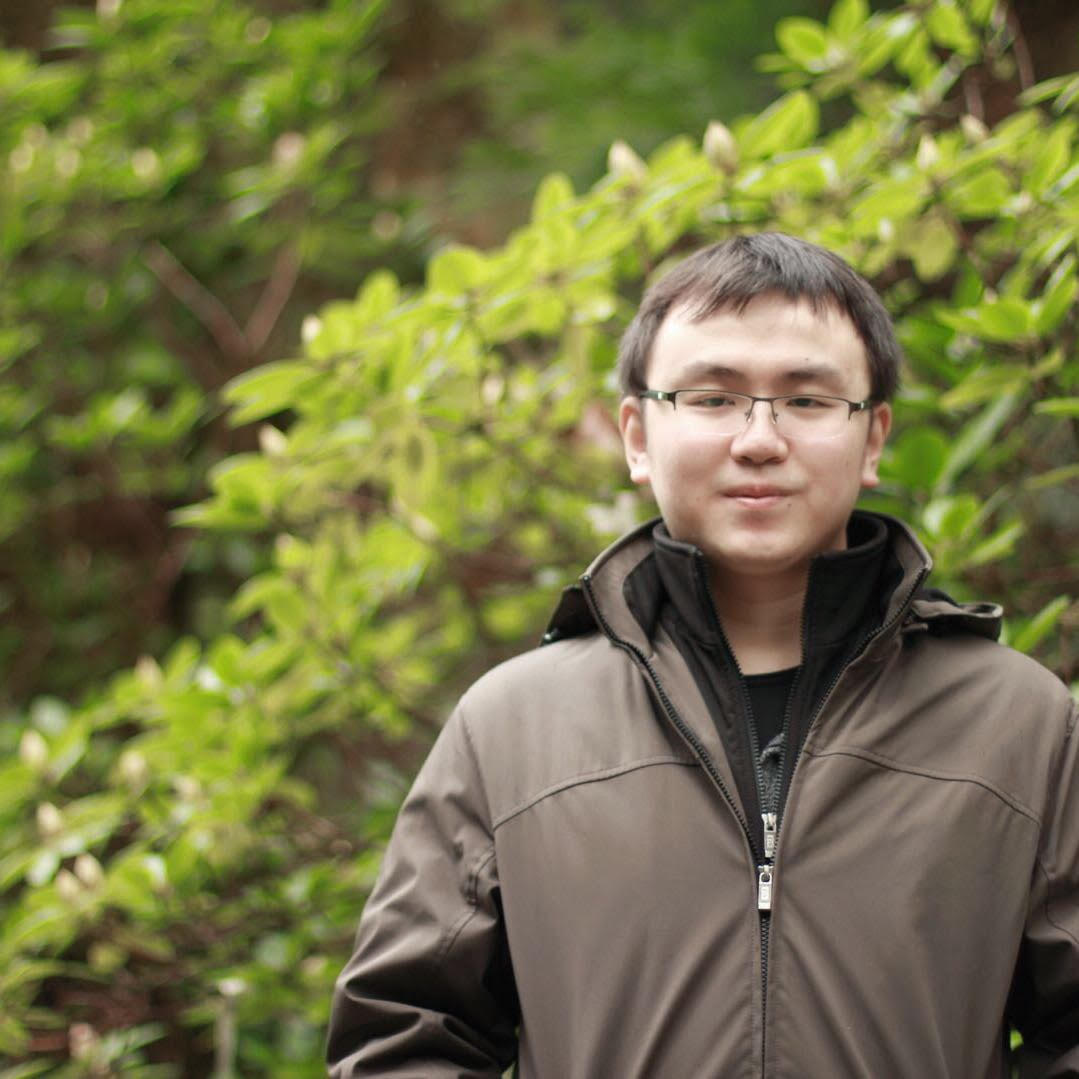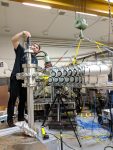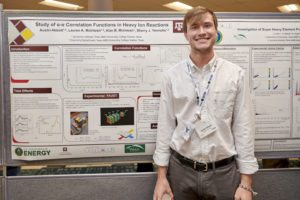
Austin Abbott
Austin Abbott was a graduate student at Texas A&M University who works under Dr. Sherry Yennello at the TAMU Cyclotron Institute. His research involved studying (d,p) reactions as a surrogate for (n,γ) reactions, specifically that of 59Fe(d,p)60Fe, and measuring the resulting γ-ray strength function which will help to constrain astrophysical models for processes in nucleosynthesis. Other research interests include alpha-alpha correlation functions in heavy ion collisions.You can download a poster of Abbott's research.
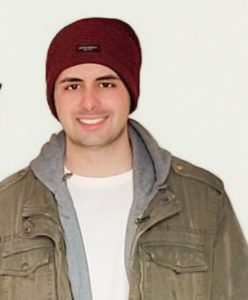 Ibrahim Abdurrahman
Ibrahim Abdurrahman
Ibrahim Abdurrahman was a graduate student at the University of Washington working under Professor Aurel Bulgac. His research focuses on understanding nuclear dynamics, such as collisions or fission, using microscopic approaches. Currently we are completing projects involving the fission of 236U and the collision of two 238U nuclei. You can download a poster of Abdurrahman's research.
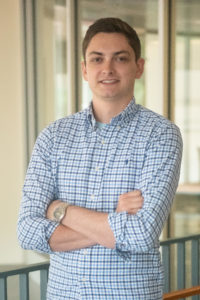 Eric Aboud
Eric Aboud
I joined Lawrence Livermore National Laboratory as a Postdoctoral Researcher in the Nuclear Criticality Safety Division in January 2022. My research agenda includes integral experiment studies using plutonium and low-temperature uranium variations of the Tex array as well as detector development and support measurements for nuclear data.
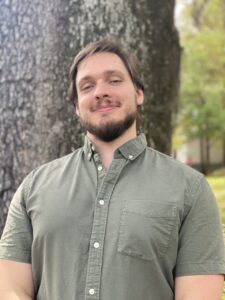 Ben Asher
Ben Asher
Ben Asher is a postdoctoral research associate of the University of Tennessee Knoxville. As a member of Dr. Miguel Madurga’s research group, he works with Florida State University in developing an ion source to deliver tritium beams for nuclear reaction studies. Ben completed his PhD from FSU in 2021; his graduate research focused primarily on designing, constructing, and experimenting with the ‘Encore’ active target detector, exploring the effect of light exotic nuclei in the fusion process.
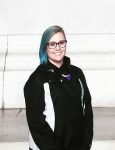 |
Brittany Abromeit
Brittany Abromeit was a graduate research assistant with Dr. Sam Tabor, director of the accelerator laboratory at Florida State University. Abromeit's studies included the nuclear structure of 39Ar and 39P using gamma spectroscopy, at the John D. Fox Superconducting Linear Accelerator Laboratory and the National Superconducting Cyclotron Laboratory at Michigan State University. You can also download a poster on Abromeit's Research. Currently, she is a post-doctoral researcher in the Detection Systems group in the National Security Directorate at the Pacific Northwest National Laboratory, Washington. |
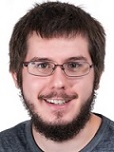 Caleb Benetti
Caleb Benetti
Caleb Benetti was a graduate research assistant working under Dr. Sam Tabor on gamma ray spectroscopy and nuclear structure at The John D. Fox Superconducting Linear Accelerator Laboratory at Florida State. Isotopes of interest are 37Ar and 29Si, with and ongoing program for gamma tagging of decay fragments in induced fission of 242Pu. He is involved in the building and commissioning of the Clarion2 HPGe array. You can download a poster of Benetti's research.
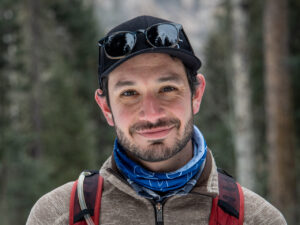 Eames Bennett
Eames Bennett
Eames joined Los Alamos National Laboratory as a Postdoctoral Research Associate in September 2020 to work on the Chi-Nu experiment at the Los Alamos Neutron Science Center. His research currently centers on making measurements of the prompt fission neutron spectra of various actinides. In addition to this, Eames has been working with Keegan Kelly to develop a next-generation highly-segmented dual neutron-gamma detector array to measure neutron scattering cross sections and angular distributions. Eames earned his PhD at Texas A&M University's Cyclotron Institute as part of the Center for Excellence in Nuclear Training and University-based Research program. While there, he helped commission the TIARA for Texas detector array, made indirect measurements of astrophysically-relevant nuclear reactions, and helped design and build a prototype novel penning trap for use at the TAMUTRAP facility. He also holds a MS in physics from Texas A&M University as well as a BA in physics from Bard College. In his spare time, Eames enjoys cycling, photography, hiking with his dog, and backpacking. You can download a poster of Bennett's research.
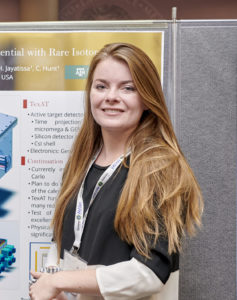
Alexandra Bosh
After leaving TAMU Alexandra joined the United States Navy signing a contract to become a nuclear trained surface warfare officer. Currently she is attending Officer Candidate School. Upon graduation she will be commissioning as an officer then headed off to Rota, Spain to gain her SWO qualifications on the DDG 51 Arleigh Burke. After completion of her qualifications Alexandra will be headed off to Nuclear Power School for training on how to operate and maintain the nuclear reactors on board the nuclear powered surface ships of the Navy.
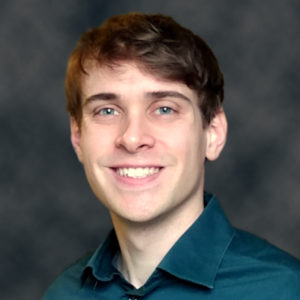 Kyle Godbey
Kyle Godbey
Kyle is currently a postdoctoral research associate at FRIB pursuing real-time microscopic descriptions of nuclear dynamics. Kyle's interests span from light element nucleosynthesis through the formation and subsequent fission of superheavy elements with a strong emphasis being placed on high-performance computing applications to nuclear physics.
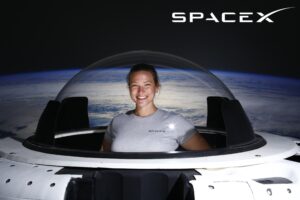 Ashley Hood
Ashley Hood
Ashley Hood joined CENTAUR as a postdoctoral research associate. She studied multinucleon transfer reactions with the Yennello group at the Cyclotron Institute. Before joining CENTAUR, she earned her Ph. D. in 2019 from Louisiana State University, where her dissertation research focused on experimental measurements of fusion reaction cross sections. Hood now works as a Test Engineer at the SpaceX Rocket Development Facility in McGregor, TX. She currently tests the Draco rockets, which are mounted on the Dragon capsules and used in-space for orbital maneuvers and docking with the International Space Station. She has found that her experimental experience translates well into test engineering and is enjoying the challenge of working with hypergolic propellants and learning rocket science.
Graduate Student in Physics at the University of Washington
Shi Jin was a graduate research assistant with Professor Aurel Bulgac in the Department of Physics at University of Washington. Shi’s research included the theoretical study of nuclear structure and dynamics using the density functional theory (DFT) and its time-dependent extension (TDDFT). His current project is the simulations of fission dynamics with TDDFT. He has gone on to a new job at Amazon. You can download a poster on Jin's research.
 Rachel Malecek
Rachel MalecekRachel Malecek was a graduate research assistant with Prof. Scott Marley. Malecek is interested in studying the structure and decay properties of light-mass, unstable atomic nuclei with transfer reaction experiments then testing modern theoretical approaches to the nuclear many-body problem. You can download a poster on Malecek's research.
.
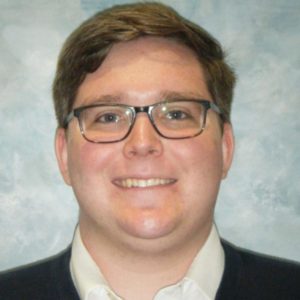 David McClain
David McClain
Ashton Morelock
Ashton Morelock was a graduate research assistant at Florida State University working with Dr. Sergio Almaraz-Calderon. During her Ph.D., she focused on neutron spectroscopy studies of (3He,n) and (d,n) reactions relevant to nuclear astrophysics using the CATRiNA neutron detector array. Ashton is currently a postdoctoral research associate with the University of Tennessee Knoxville working with Dr. Miguel Madurga. She is stationed at Florida State University to develop and utilize an ion source capable of producing triton beams.
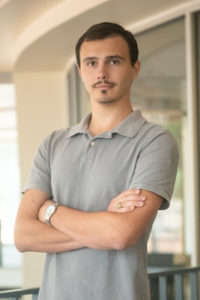 Morgan Nasser
Morgan Nasser
The Melconian group is developing TAMUTRAP, the largest Penning trap in the world, to be used for T=2 ß-delayed proton emission studies. This will serve as a probe of the fundamental structure of the electroweak interaction in the Standard Model. Mr. Nasser is concluding studies regarding ion motion manipulation and mass measurements, as well as the development of programs pertaining to them. Going forward, he'll be continuing the simulations for 32Ar experimentation in preparation for the main experiment. You can download a poster on Nasser's research.
 |
Thomas Onyango
Thomas Onyango was a graduate student at Texas A&M University. Onyango graduated from the University of North Texas in 2018 with a B.S. in physics minors in both engineering technology and mathematics. His undergraduate thesis focused on possible entropy production from quantum mechanical measurements that would not be represented by thermodynamics. Onyango began studying Texas A&M during an REU for the Cyclotron Institute with Dr. Rapp in 2017 and began working in 2018. In his work with Dr. Rapp, Onyango assisted him with the parameterization of the rho meson spectral function in hot, dense matter. Currently under Dr. Rapp, Onyango is using Dr. Bonasera's transport codes to analyze Ca40-Ca40 collisions to analyze the evolution of fireballs over time and space. |
Bryan Orabutt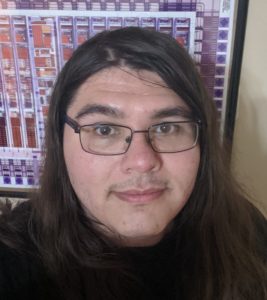
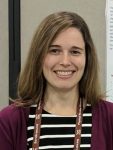 Cody Parker
Cody Parker
Cody Parker was a postdoctoral research associate at the Cyclotron Institute in Prof. Greg Christian’s group. She was working with CENTAUR-affiliated graduate students and faculty on prototyping a new fast neutron detector. The goal of the highly-segmented design is to achieve position resolution of about 1 cm without sacrificing timing, energy resolution, or efficiency. A detector with these capabilities will be beneficial for applied nuclear science, such as measuring fission neutron cross sections or as a portal monitor. Basic nuclear physics will also be explored, including reactions relevant to nuclear astrophysics or neutron decay of isotopes off of the line of stability, such as 6He. You can download a poster of her research here.
Jesus Perello was a graduate student at Florida State University working with Dr. Sergio Almaraz-Calderon. During his PhD, he worked on characterizing and developing the CATRiNA neutron detector system for reactions relevant in nuclear structure and nuclear astrophysics research. Currently he is a postdoctoral research associate in the Space Science and Applications (ISR-1) group within the Intelligence and Space Research Division at the Los Alamos National Laboratory. At Los Alamos, he works on characterizing and developing a neutron detector system for active neutron interrogation using organic scintillators, as well as characterizing the neutron environment in space near low-Earth orbit with inorganic scintillators.
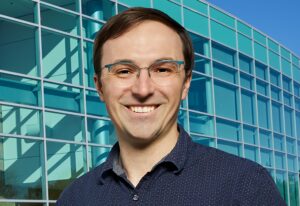 |
Cole Pruitt
Cole Pruitt is a staff scientist in the Design Physics Division at Lawrence Livermore National Laboratory. His recent work includes scientific code development on the Selene physics library, uncertainty quantification for optical potentials, and support for LLNL’s International Assessments program. He was supported by CENTAUR while a PhD student at Washington University in St. Louis, where his research included neutron total cross sections measurements at the Los Alamos Neutron Science Center (LANSCE) and advancing the Dispersive Optical Model (DOM). CENTAUR members can reach him at pruitt9@llnl.gov. |
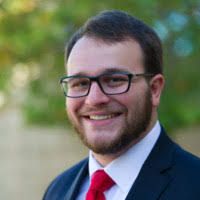 Craig Reingold
Craig Reingold
Craig was a graduate fellow at the University of Notre Dame, under the advisement of Prof. Anna Simon. He received his undergraduate degree at Rutgers University, where he performed research with neutron spectroscopy. His current research interests revolve around indirect measurements of reaction cross sections relevant to nuclear astrophysics. The topic of his thesis is using particle-γ coincidence measurements to study neutron capture reactions indirectly.
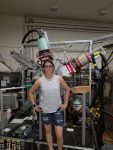 Elizabeth Rubino
Elizabeth Rubino
Elizabeth Rubino was a graduate student working under Dr.Sam Tabor at Florida State University's John D. Fox Superconducting Linear Accelerator Laboratory. Her studies include nuclear structure of 41^K and 41^Ca using gamma spectroscopy. She is also studying spontaneous fission fragments of 248^Cm and induced fission fragments of light beams on 242^Pu using gamma spectroscopy. You can download a poster on Rubino's research.
Naomi Schroeder
Naomi is a Senior Member of Technical Staff at Draper Lab, where she works on radiation effects in the Contested Environment Test Solutions group. Previously she received her MS as a member of Dan Melconian’s group at the Texas A&M Cyclotron Institute. While there, she evaluated the requirements of the TAMUTRAP system for high-precision measurements of ß-delayed proton decays to measure fundamental symmetries.
Dustin Scriven

Dustin Scriven was a graduate student at Texas A&M University who worked under Dr. Greg Christian at the TAMU Cyclotron Institute. In collaboration with others, he and his colleagues were working on the development of a highly segmented fast neutron detector. They hope to use this detector to investigate nuclear structure and processes for neutron and multi-neutron emission from nuclei. Dustin performs simulations for the detector and is also involved in prototyping. He is also interested in the deep relationship between nuclear physics and astrophysics. You can download a poster of his research here.
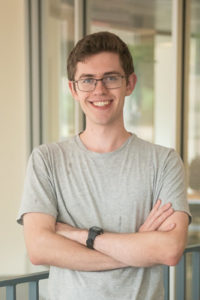 Maxwell Sorenson
Maxwell Sorenson
Maxwell Sorensen was a chemistry graduate student at Texas A&M University, working in Dr. Sherry Yennello’s group. He graduated from Washington University in St. Louis in 2018. His undergraduate research was with Demetrios Sarantites on lifetime measurements of heavy fission fragments using the doppler shift attenuation method. His research focus is on the measurement of the photon strength function of 60Fe using 59Fe (d,pγ) 60Fe as the probe. Other research interest is the nuclear caloric curve probed using quasi projectiles produced in heavy ion collisions. You can download a poster on Sorensen's research.
Eli Temanson

Eli Temanson was a graduate student working with Ingo Wiedenhöver at Florida State University's John D. Fox Superconducting Linear Accelerator Laboratory. His research includes the upgrade development of ResoNeut, an array of low energy neutron detectors for astrophysically relevant reactions in inverse kinematics.
Taylor Whitehead
Taylor Whitehead is a postdoctoral researcher at FRIB in the group of Filomena Nunes. Taylor's background is in the development of modern nucleon-nucleus optical potentials from chiral effective field theory. At FRIB, Taylor looks forward to continuing his work in reaction theory by collaborating with Filomena in developing theoretical tools to study direct reactions and make connections to FRIB experiments.
